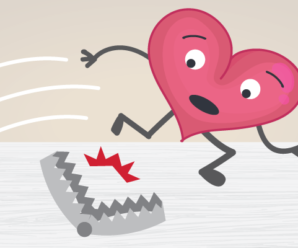-

Stroke and women: Know the signs
Stroke is common – affecting nearly 800,000 people in the United States annually. Stroke happens…
-

Tips for family caregivers of people with dementia
Being a caregiver for a family member or friend with dementia can be both rewarding…
-

Living with multiple sclerosis
It’s estimated that at least 1 million people are living with multiple sclerosis (MS) in…
-

Cerebral palsy in kids: Therapy and support pave the way for full, active lives
Cerebral palsy is a common motor control disorder diagnosed early in childhood. People with cerebral…
-

Hand shaking? Why tremors are a health problem
Writing a sentence, eating a spoonful of soup or buttoning a shirt may seem like…
-

Inpatient rehabilitation: Specialized hospital care for recovery
After a severe injury or illness, your doctor may recommend inpatient rehabilitation. This type of…
-

Migraine management: Warning signs, auras and treatment
Migraine management can help you manage pain and frequency. Migraines are distinct from headaches because…
-

Slurred speech: Causes and treatment options
Slurred speech happens when the muscles used for speech are weak or difficult to control.…
-

Aphasia: a loss of language
Aphasia is an impairment that can impact how you speak and understand language and communication.…




